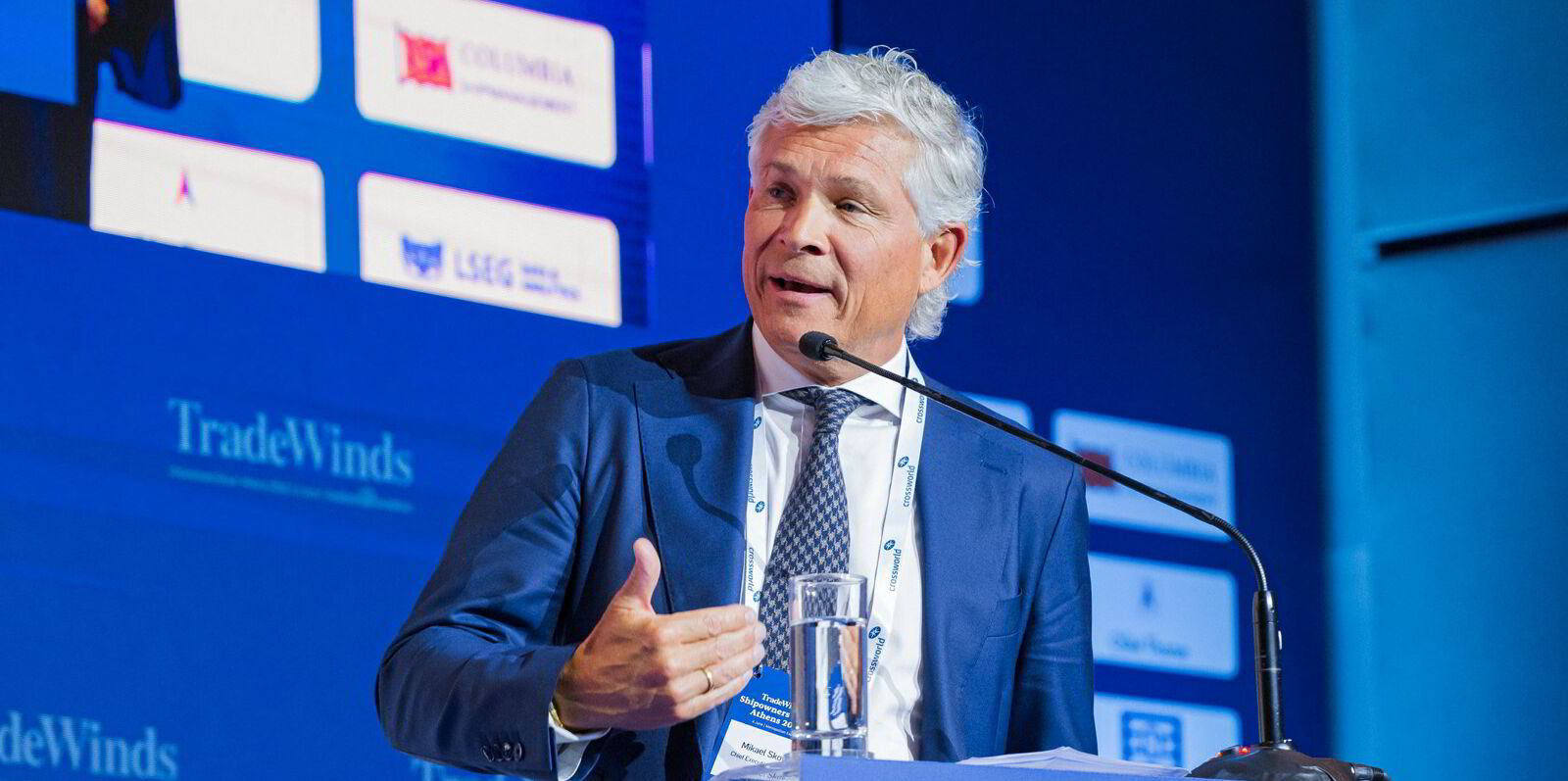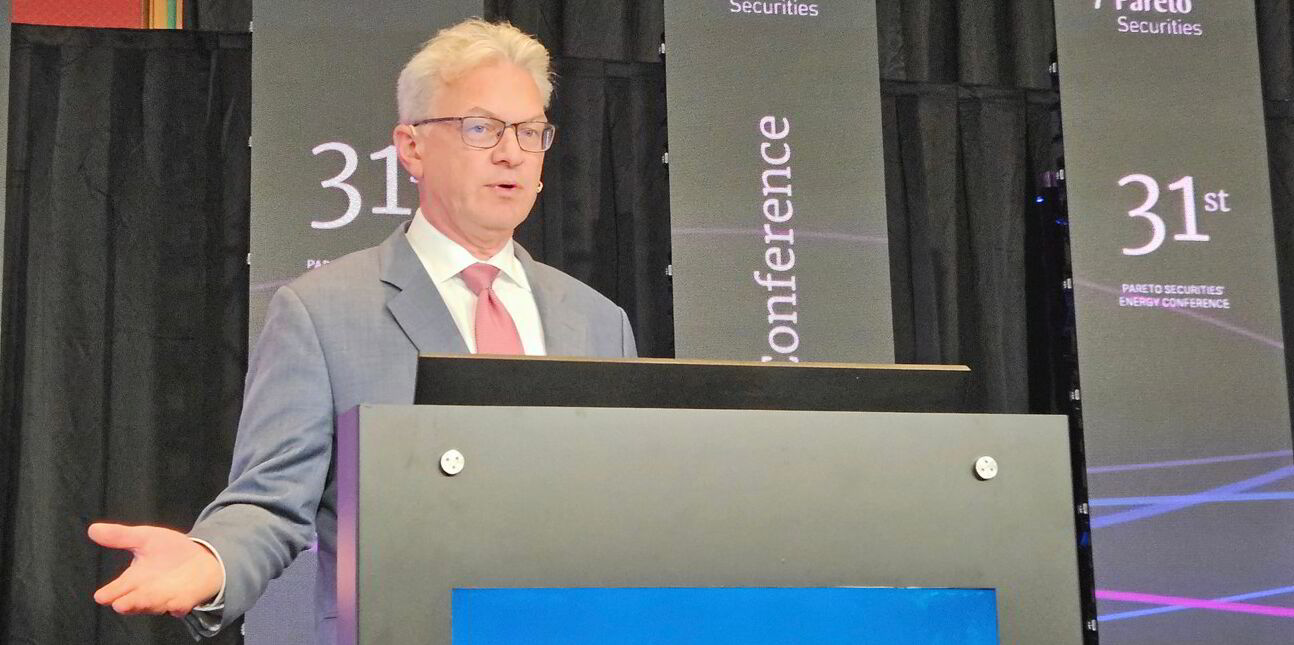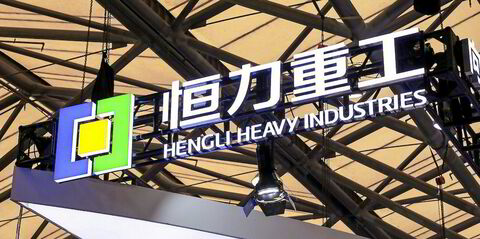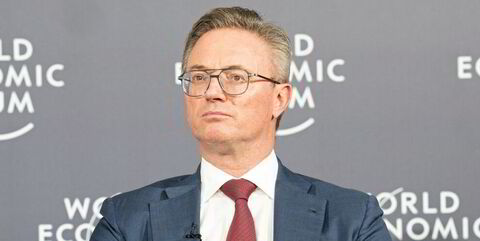Tanker owners are unfazed by this year’s string of newbuilding orders.
Despite the orderbook growing from 7.52% of the global fleet in January to 12.7% this month, shipowners presenting at Pareto Securities’ annual Energy Conference this week did not seem worried.
Hafnia chief executive Mikael Skov said on Thursday: “I think the real disaster is that we may run out of ships.
“The real concern is ... how do we make sure we have sufficient product tankers to keep up with the demand going forward?”
The number of LR2 vessels on order is of particular concern, with the ship type making up about half the orderbook, according to Hafnia figures.
But Skov was not worried.
He said up to about 70% of the LR2s on order could be classified as aframax crude tankers, with owners opting for coated tanks to add optionality and raise the resale value, but with no intention of moving petroleum products.
Further, with the crude tanker orderbook much smaller than for product tankers, even more LR2s could be absorbed into crude trading.
“It is a much smaller orderbook in context,” Skov said.
When discussing fleet supply, International Seaways combines the LR2 and aframax orderbook, which in total equals 17% of the fleet, a figure chief financial officer Jeffrey Pribor said was “manageable”.
He said: “It used to be that even a year, or a year-and-a-half ago, there is no orderbook for tankers. There is [now] a gradually increasing orderbook for tankers.”
Pribor said “natural forces” were taking over, with owners capitalising on the limited yard slots to order the necessary tankers.
“I don’t see anything here that says danger zone, we still have a few years left to go in this market,” he said.
Pareto analyst Eirik Haavaldsen said in his presentation that even the total fleet numbers were misleading, given the lack of productivity from older tankers.
He said more than 18% of crude tankers were at least 20 years old citing figures showing a 2003-built VLCC has loaded 54% less oil from December 2016 to December 2023.
“Productivity losses, they are real,” Haavaldsen said. “This is something that will only continue to drive the market going forward.”
Should those older vessels end up in the dark fleet moving Russian oil above the G7 price cap or Iranian or Venezuelan cargoes, Haavaldsen said they would have less impact on the market as they have passed “the point of no return”.
“This is a market you cannot come back from,” he said.
Even the ordering, which crossed the 10% of the global fleet threshold in May, had begun slowing down, Haavaldsen said.
“We’re going to see more orders, but again, given the current uncertainty on orders and long lead times, ordering activity is slowing down as we speak,” he said.






